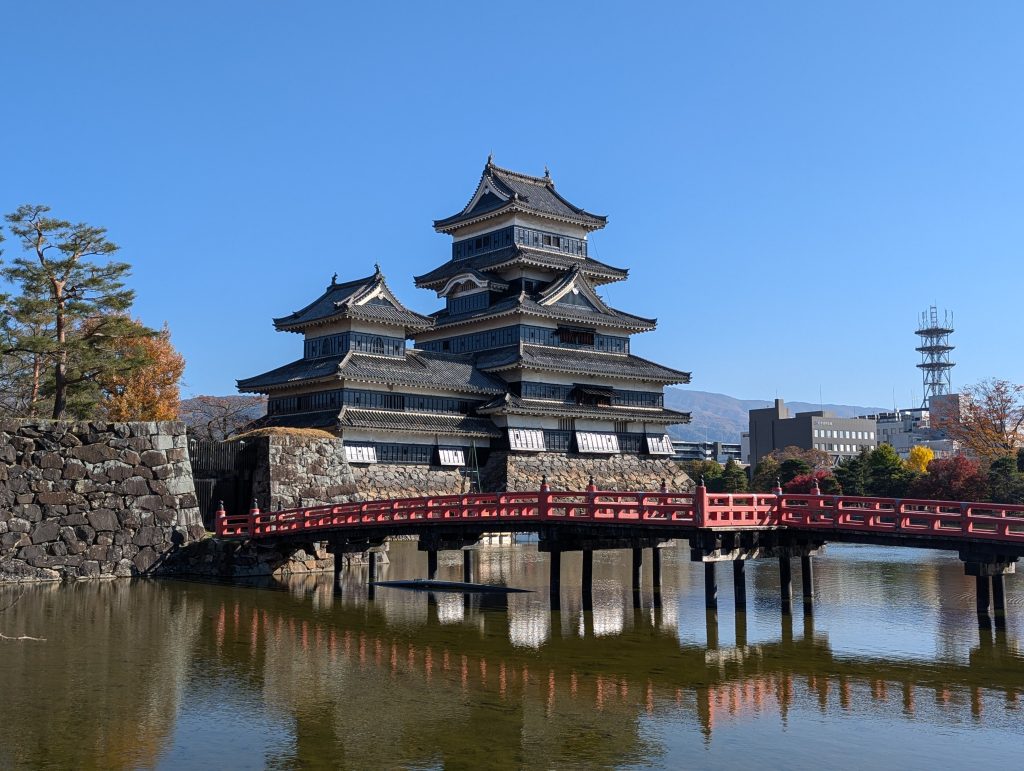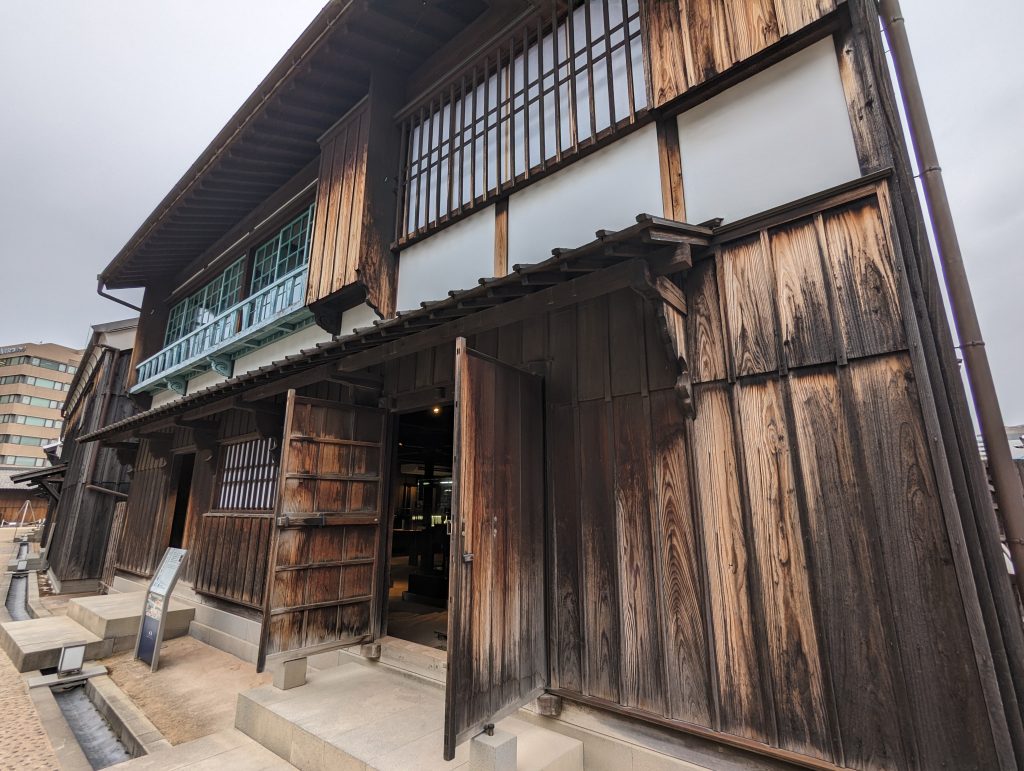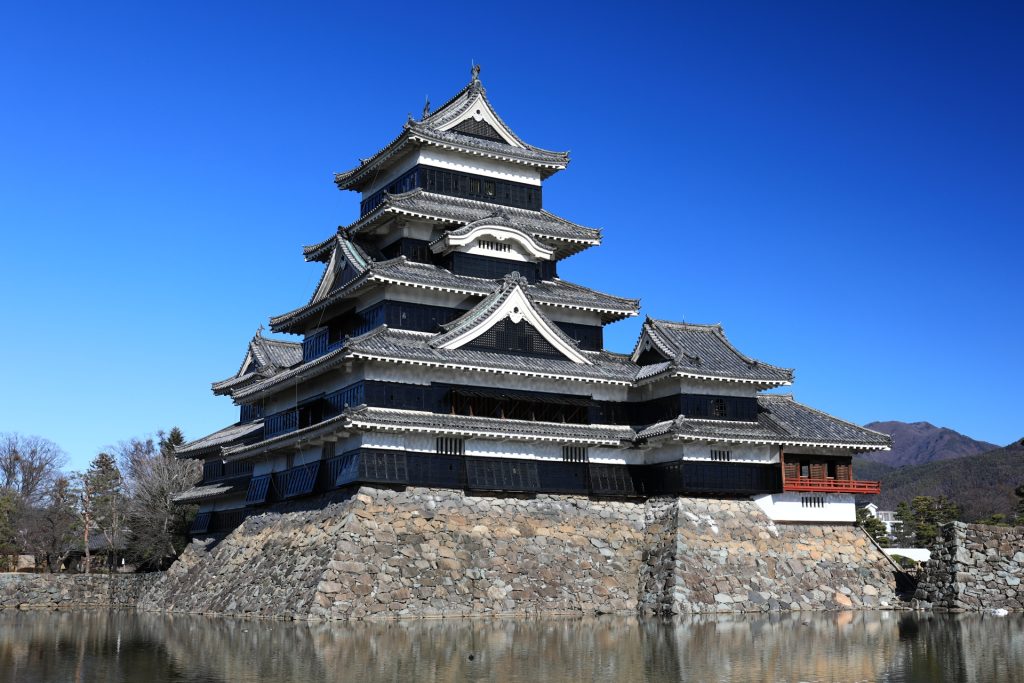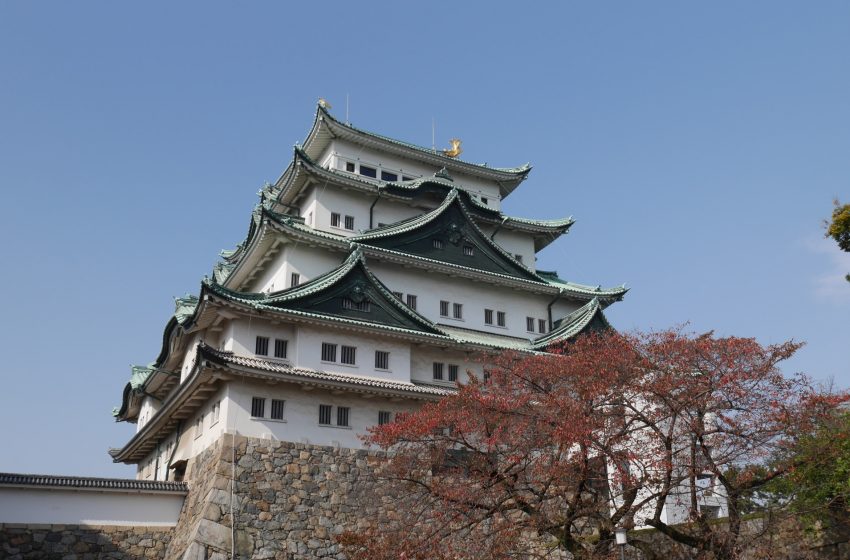
Nagoya Castle: Exploring the Splendor of Japan’s Valiant Past
Hello, travel enthusiasts and cultural explorers! Today, let’s venture into the heart of Aichi Prefecture to discover one of Japan’s most storied fortresses – Nagoya Castle. Standing tall in the bustling city of Nagoya, this castle is not just an architectural marvel; it’s a profound symbol of Japan’s rich history and resilience.
Delving into Nagoya Castle’s Rich History
Nagoya Castle, originally constructed in the early 17th century, was a key stronghold during the Edo period. Commissioned by Tokugawa Ieyasu, the founder of the Tokugawa shogunate, it played a crucial role in the unification and political stabilization of Japan. Over the centuries, the castle endured many challenges, including destruction during World War II, but it has been meticulously restored, allowing visitors to step back into Japan’s fascinating past.
Architectural Grandeur and Significance
The castle’s most iconic features are the two golden shachihoko (mythical carp-like creatures with tiger heads) that adorn its roof, symbolizing protection against fire. The castle’s main keep, or tenshu, originally a commanding seven stories tall, was an imposing sight and an embodiment of the Tokugawa shogunate’s power.
Experiencing Nagoya Castle Today
Though the original tenshu was destroyed during the war, the reconstructed castle keep remains an impressive sight. Inside, it functions as a museum, showcasing artifacts, samurai armor, and historical exhibits that narrate the castle’s and the city’s history.
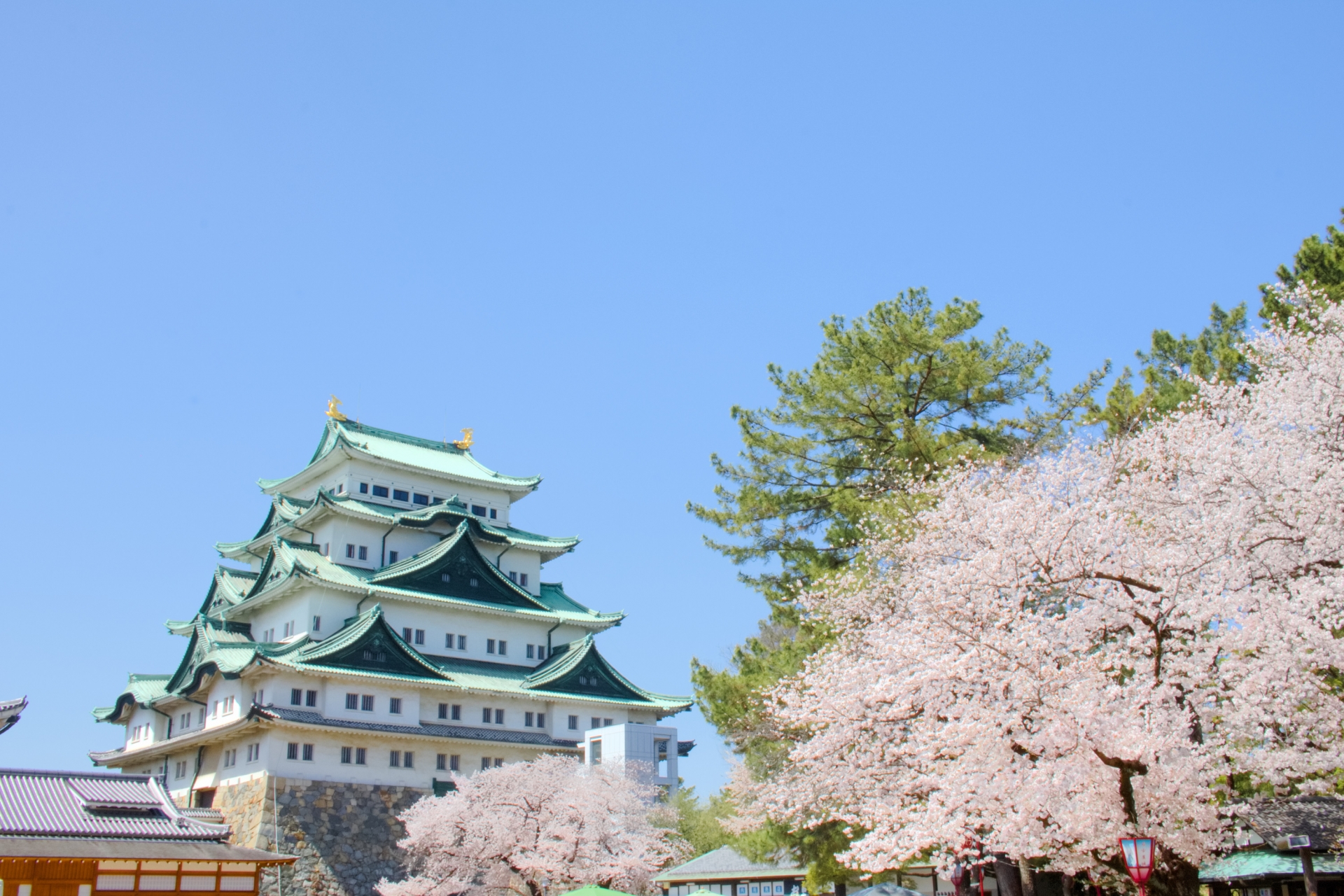
A Walk Through the Castle Grounds
Nagoya Castle is set amidst expansive grounds that feature picturesque gardens, moats, and smaller secondary buildings. The castle’s park blooms beautifully in the spring with cherry blossoms, making it a popular spot for hanami (flower viewing) parties.
Cultural Events and Activities
The castle and its grounds host various cultural events, including traditional tea ceremonies, festivals, and historical reenactments, providing visitors with an immersive and enriching experience of Japanese culture.
Visiting Nagoya Castle
- Access: Conveniently located in central Nagoya, the castle is easily accessible by public transport.
- Best Time to Visit: While the castle is a year-round attraction, it is especially picturesque during the cherry blossom season in spring.
- Admission: There is an entrance fee for the main keep, but exploring the castle grounds is free.
Nearby Attractions
After exploring Nagoya Castle, visitors can delve deeper into the region’s culture at the nearby Tokugawa Art Museum, which houses treasures belonging to the Owari Tokugawa family, or enjoy the city’s modern attractions like the Nagoya City Science Museum.
Tips for Castle Visitors
- Comfortable Footwear: Be prepared for a fair amount of walking; comfortable shoes are recommended.
- Cultural Etiquette: As a historical site, visitors are encouraged to respect the castle’s premises and its artifacts.
Conclusion: A Testament to Japan’s Feudal Strength
Nagoya Castle is more than just a historical monument; it is a living testimony to Japan’s feudal era, its architectural ingenuity, and the enduring spirit of the Japanese people. It offers a unique glimpse into the samurai culture and the political intrigue of the Edo period, set against the backdrop of modern-day Nagoya.
So, as you immerse yourself in the vibrant culture of Japan, a visit to Nagoya Castle is a must – an experience that beautifully bridges the past and the present.
Happy exploring and enjoy the historical splendor of Nagoya Castle!

